Since Alan Ball first revealed a pair of white Hummels, rugby boots have come a long way, and at the same time led Everton to 2-2 in the Charity Shield in 1970. 1 beat Chelsea.Ironically, for the visionary German company, this momentous moment is a lie. The 1966 World Cup champion midfielder actually wore a pair of adidas boots before the game, hurriedly whitewashed the Hummel tuxedo and disguised it as white.But even though Ball’s choice of footwear made him seem overly exaggerated in his role in the early 1970s, by modern standards, he would be confused with some other shy and retired people.
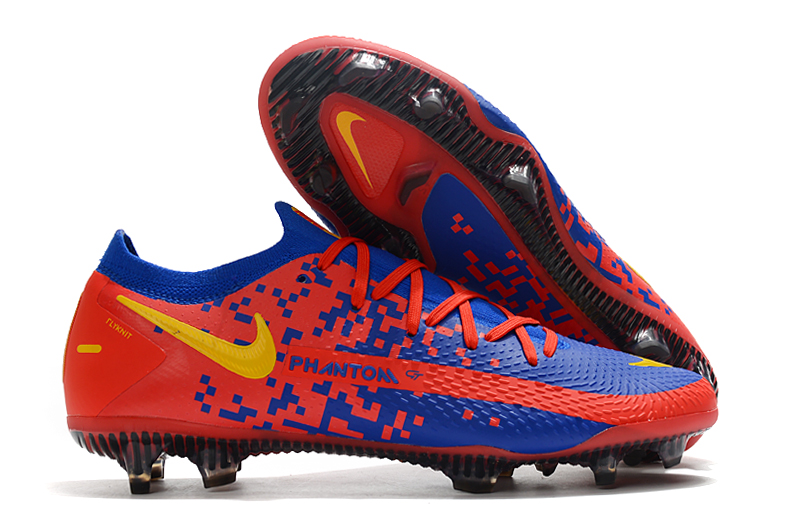 In MAG, Bruno Fernandes (Bruno Fernandes) exclusive! Plus the top 50 in the football league, Batistuta, Rafinha, Padre + free 2020 European Championship wall chart Cristiano Ronaldo, Erling Haaland and Kylian Mbappe are among the best three in the world, and they are all currently wearing Nike Mercurial boots. The color is bright red or pink, depending on whether you speak PR terms. Lionel Messi’s adidas Nemeziz confuses royal blue with daylight yellow. Even Paul Pogba’s relatively taciturn adidas Predator Freaks are covered by the porcupine-style “Demoskin 2.0 thorn”.
In MAG, Bruno Fernandes (Bruno Fernandes) exclusive! Plus the top 50 in the football league, Batistuta, Rafinha, Padre + free 2020 European Championship wall chart Cristiano Ronaldo, Erling Haaland and Kylian Mbappe are among the best three in the world, and they are all currently wearing Nike Mercurial boots. The color is bright red or pink, depending on whether you speak PR terms. Lionel Messi’s adidas Nemeziz confuses royal blue with daylight yellow. Even Paul Pogba’s relatively taciturn adidas Predator Freaks are covered by the porcupine-style “Demoskin 2.0 thorn”.
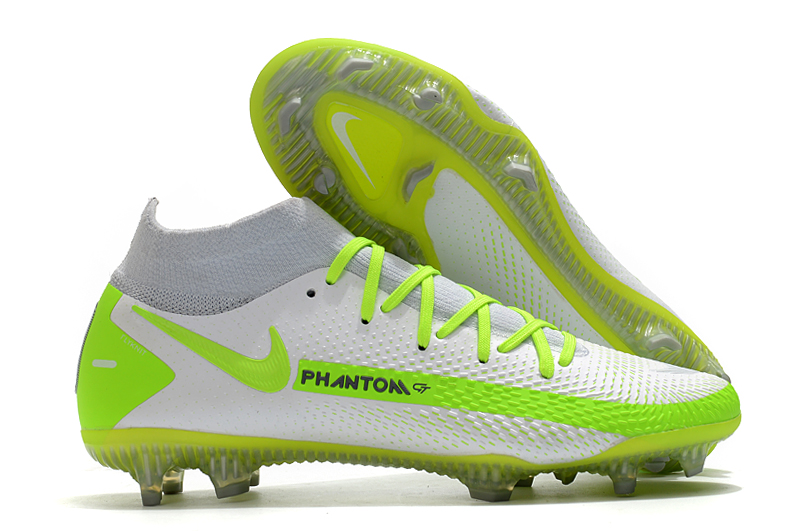 Football boots are no longer a tailor’s term; they are technical tools. Tie a pair of boots like on your Apple Watch, or connect Bose wireless headphones before you leave home. Gone are the days when Sir Alex Ferguson banned young people from Man United from wearing any brightly colored clothes.So, for the once humble football boots, what will the future look like? Take 17-year-old Shola Shoretire as an example. He recently made his debut at Manchester United wearing a pair of adidas X 19.1 boots. If he follows in the footsteps of Arjen Robben, Franck Ribery and Ricardo Quaresma and lasts until the age of 37, what state-of-the-art innovation will he slide on the court he was wearing in 2041?
Football boots are no longer a tailor’s term; they are technical tools. Tie a pair of boots like on your Apple Watch, or connect Bose wireless headphones before you leave home. Gone are the days when Sir Alex Ferguson banned young people from Man United from wearing any brightly colored clothes.So, for the once humble football boots, what will the future look like? Take 17-year-old Shola Shoretire as an example. He recently made his debut at Manchester United wearing a pair of adidas X 19.1 boots. If he follows in the footsteps of Arjen Robben, Franck Ribery and Ricardo Quaresma and lasts until the age of 37, what state-of-the-art innovation will he slide on the court he was wearing in 2041?
There is room for improvement. This is based on the design of Simon Heap of the “Sports Design” company, an innovative sports product design consulting company that specializes in creating and improving new and existing products in sports. In the past few years, football boots have been very static designs. The last real innovation is adidas Predator, which is based on Craig Johnston’s original design. “Former Liverpool and Middlesbrough midfielder Johnston designed a prototype for the “Predator” after retiring from professional competitions in 1988, and Adidas launched its boots before the 1994 World Cup. Despite facing fierce competition from Nike Tiempo Premier, 10 players participated in the final between Brazil and Italy, but the “Predator” stepped into the feet of German forward Jürgen Klinsmann and Ronald Koeman of the Netherlands. Look back.
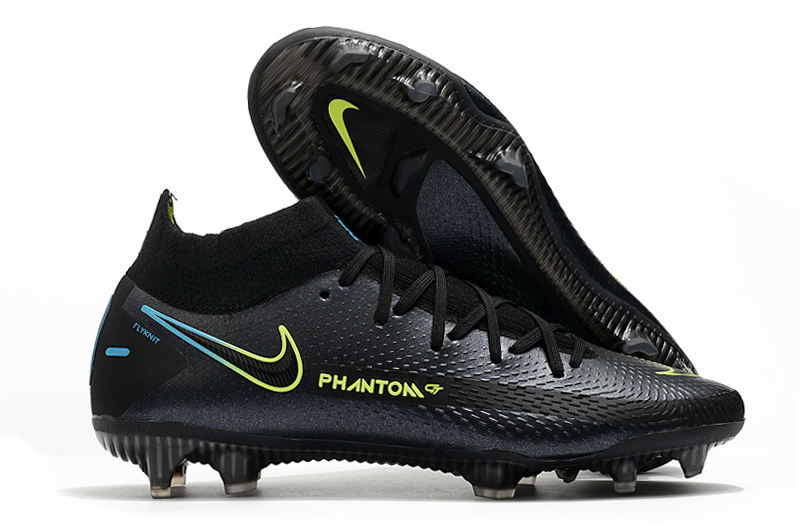 “Clearly technology has improved in recent years, with wireless connectivity giving access to data produced by players during training sessions through devices such as Catapult,” Heap continues. “However, there is an opportunity to track players’ pressure points through a foot pad to determine if injuries have been picked up or if the player is running differently, even to see if a running style may be causing long-term issues.”Tom Matic, Performance Design Manager at The Footsoldiers Design Consultancy, agrees that data will be prominent in the football boot of the future, saying: “The increased usage in science-led testing has enabled us to learn more about the way players interact with the ball on the field.
“Clearly technology has improved in recent years, with wireless connectivity giving access to data produced by players during training sessions through devices such as Catapult,” Heap continues. “However, there is an opportunity to track players’ pressure points through a foot pad to determine if injuries have been picked up or if the player is running differently, even to see if a running style may be causing long-term issues.”Tom Matic, Performance Design Manager at The Footsoldiers Design Consultancy, agrees that data will be prominent in the football boot of the future, saying: “The increased usage in science-led testing has enabled us to learn more about the way players interact with the ball on the field.
“For example, data garnered from computer-aided machinery allows us to see how far up the leg the ball travels when a player passes or takes a first touch. This type of information will start expanding the requirements of what a boot does and what purpose each part of the boot serves in an ever-evolving game.”This could explain the emergence of mid and high-cut football boots across all major brands, including the Nike Phantom GT, worn by Man City’s Kevin De Bruyne, and the Puma Future 5.1 Netfit, used by Borussia Dortmund captain Maro Reus.
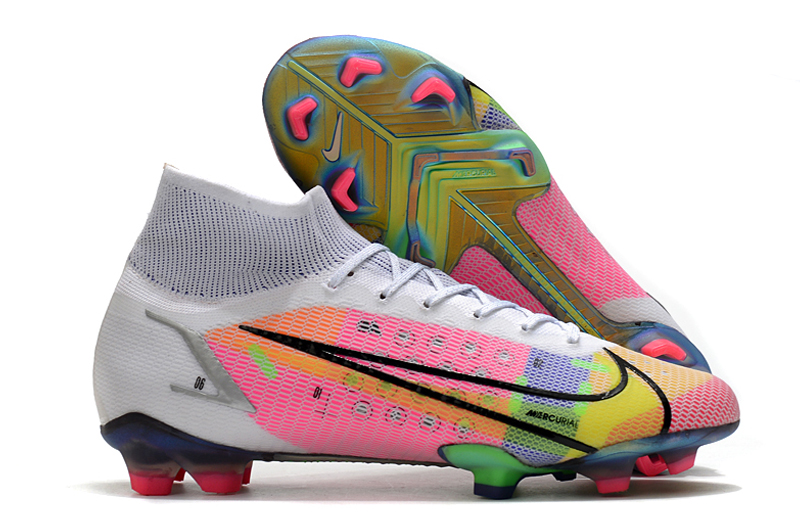 Rob Major, Footwear Designer and Founder at SEEC Sustainable Apparel and Footwear, adds: “Data has become a big part of football over recent years. Going forward, the boots players wear can be driven by data to increase performance through factors like speed, agility, ball manipulation, grip and traction.“Every stud could be tailored and made to a precise length and shape for a specific pitch; each stud could be slightly different length throughout the sole if required, while every game could see a different number of studs on the sole, or a different configuration of studs.”
Rob Major, Footwear Designer and Founder at SEEC Sustainable Apparel and Footwear, adds: “Data has become a big part of football over recent years. Going forward, the boots players wear can be driven by data to increase performance through factors like speed, agility, ball manipulation, grip and traction.“Every stud could be tailored and made to a precise length and shape for a specific pitch; each stud could be slightly different length throughout the sole if required, while every game could see a different number of studs on the sole, or a different configuration of studs.”
Moving from the influence of data to the actual design of the product, Major believes “we are on the crest of a huge change in both materials used and manufacturing processes” which will in turn contribute to the overall look and feel of prospective football boots.“My vision is that players will have bespoke boots made in localised laboratories for every game. Each player will have a custom pair of
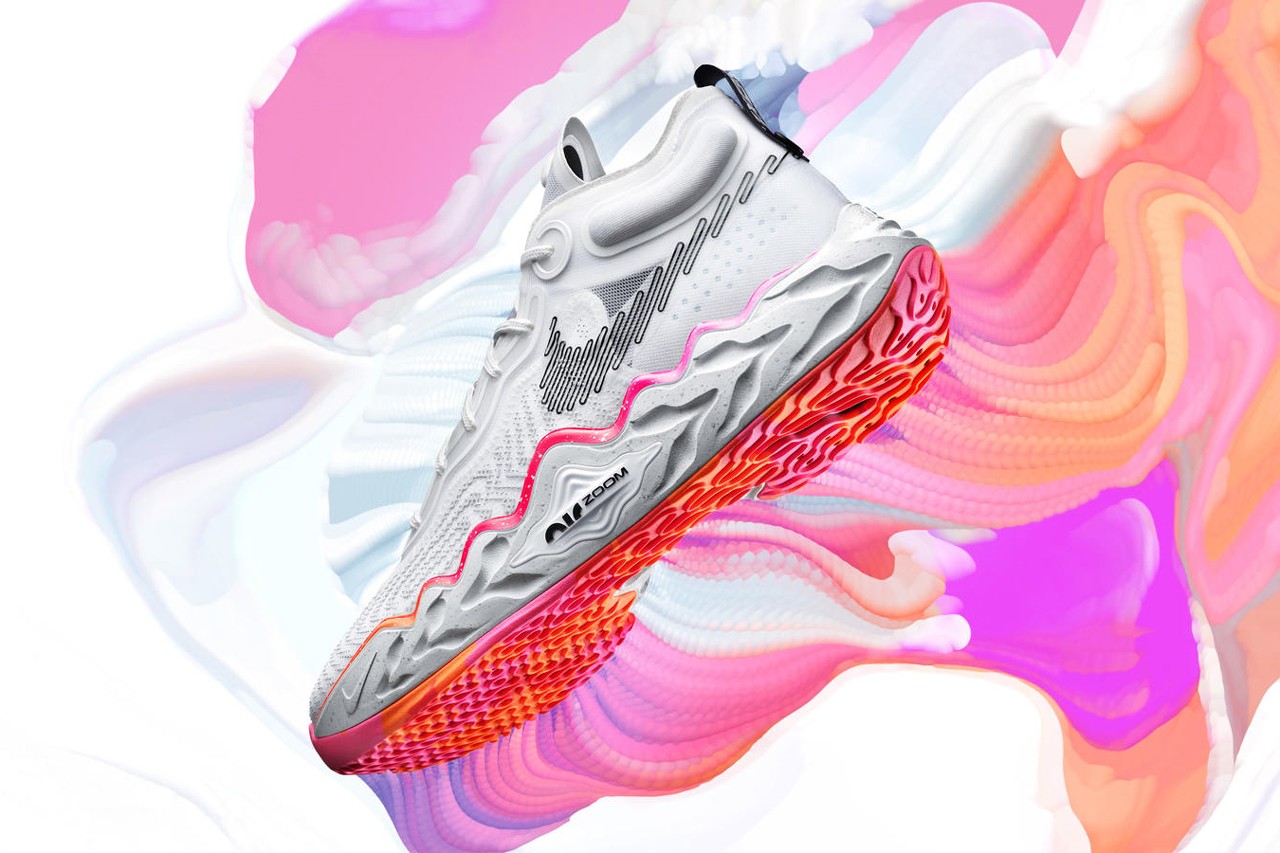
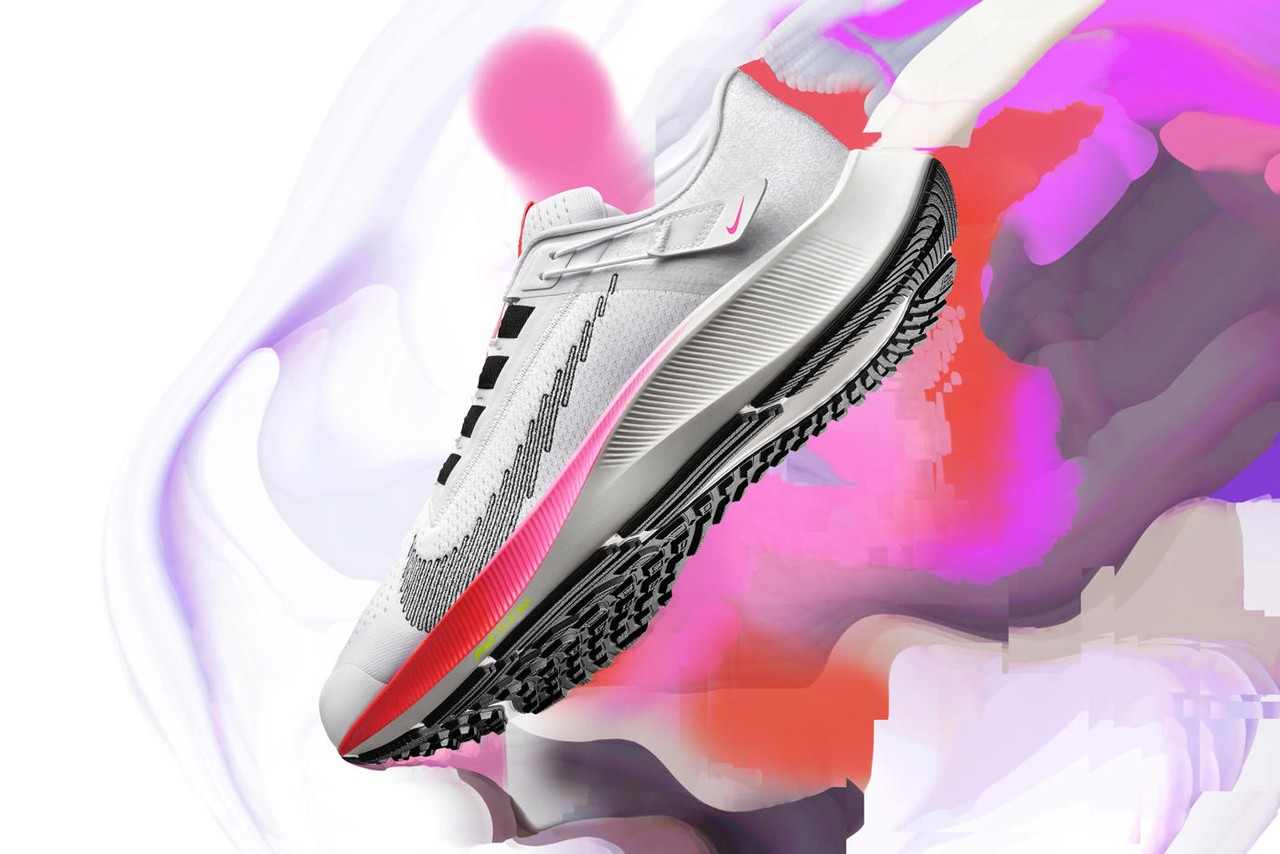 Before the Tokyo Olympics, Nike (NYSE: NKE + 1.64%) launched its new “Rawdacious” footwear color scheme to celebrate and represent the “unity of global sports.” The series covers all elements from Nike Running to Nike SB, Nike Basketball and Nike Global Football (football), presenting vibrant shoes and cleats, attracting attention to its iconic technical components.
Before the Tokyo Olympics, Nike (NYSE: NKE + 1.64%) launched its new “Rawdacious” footwear color scheme to celebrate and represent the “unity of global sports.” The series covers all elements from Nike Running to Nike SB, Nike Basketball and Nike Global Football (football), presenting vibrant shoes and cleats, attracting attention to its iconic technical components.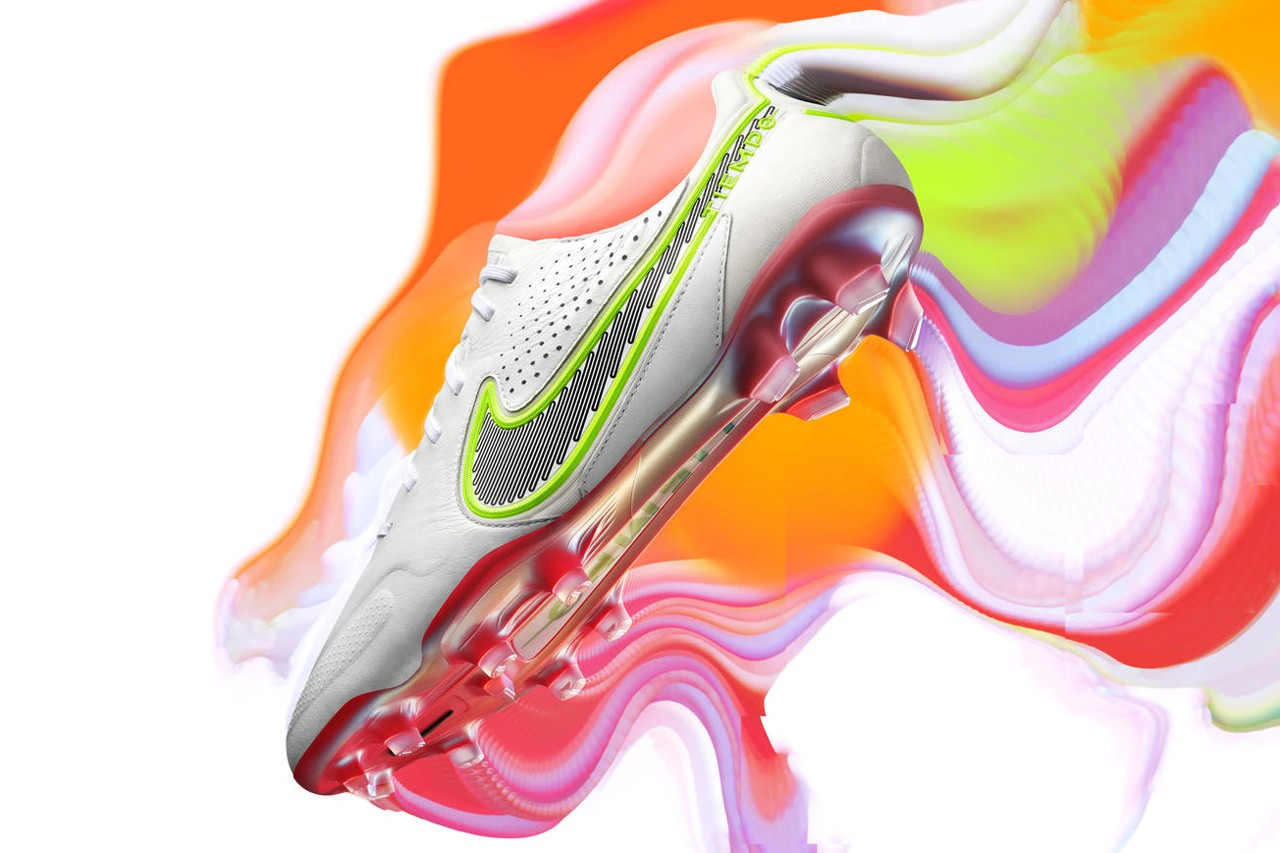 Each pair uses white as the base tone to symbolize unity, because it contains all the tones in the visible spectrum. “Pink Blast”, “Total Orange” and “Bright Crimson” appeared on each pair of shoes, specifically used to call iconic technologies such as Zoom Air and React foam. The best of the many choices include Air Zoom Alphafly NEXT%, ZoomX Vaporfly NEXT% 2 and Air Zoom Pegasus 38’s FlyEase iteration. Nyjah Huston’s SB Nyjah Free 2, SB Janoski Slip and other Nike SB products-On and SB Bruin are different from their compatriots, they use gold as their main tone. The series also includes basketball shoes, track spikes and football shoes.
Each pair uses white as the base tone to symbolize unity, because it contains all the tones in the visible spectrum. “Pink Blast”, “Total Orange” and “Bright Crimson” appeared on each pair of shoes, specifically used to call iconic technologies such as Zoom Air and React foam. The best of the many choices include Air Zoom Alphafly NEXT%, ZoomX Vaporfly NEXT% 2 and Air Zoom Pegasus 38’s FlyEase iteration. Nyjah Huston’s SB Nyjah Free 2, SB Janoski Slip and other Nike SB products-On and SB Bruin are different from their compatriots, they use gold as their main tone. The series also includes basketball shoes, track spikes and football shoes.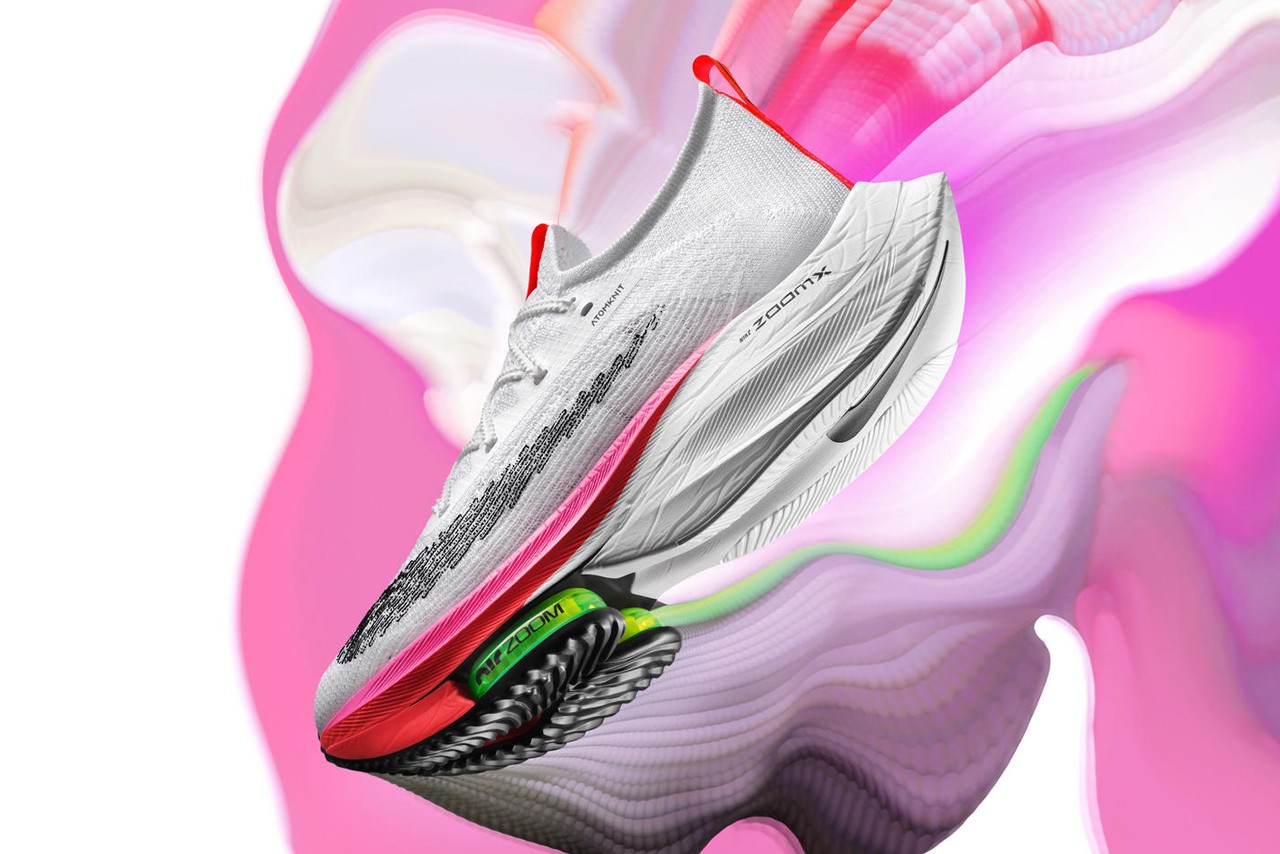 “Color has the subtle ability to cause reaction and reflection at the same time,” said Martha Moore, vice president of product design for Nike Central Color. “When you see a color, you will immediately react in a certain way. Color can also open the door to history, connections with other disciplines and memories. When creating this year’s palette, we strive to Consider color to best represent a moment.”
“Color has the subtle ability to cause reaction and reflection at the same time,” said Martha Moore, vice president of product design for Nike Central Color. “When you see a color, you will immediately react in a certain way. Color can also open the door to history, connections with other disciplines and memories. When creating this year’s palette, we strive to Consider color to best represent a moment.”


 Rob Major, Footwear Designer and Founder at SEEC Sustainable Apparel and Footwear, adds: “Data has become a big par
Rob Major, Footwear Designer and Founder at SEEC Sustainable Apparel and Footwear, adds: “Data has become a big par